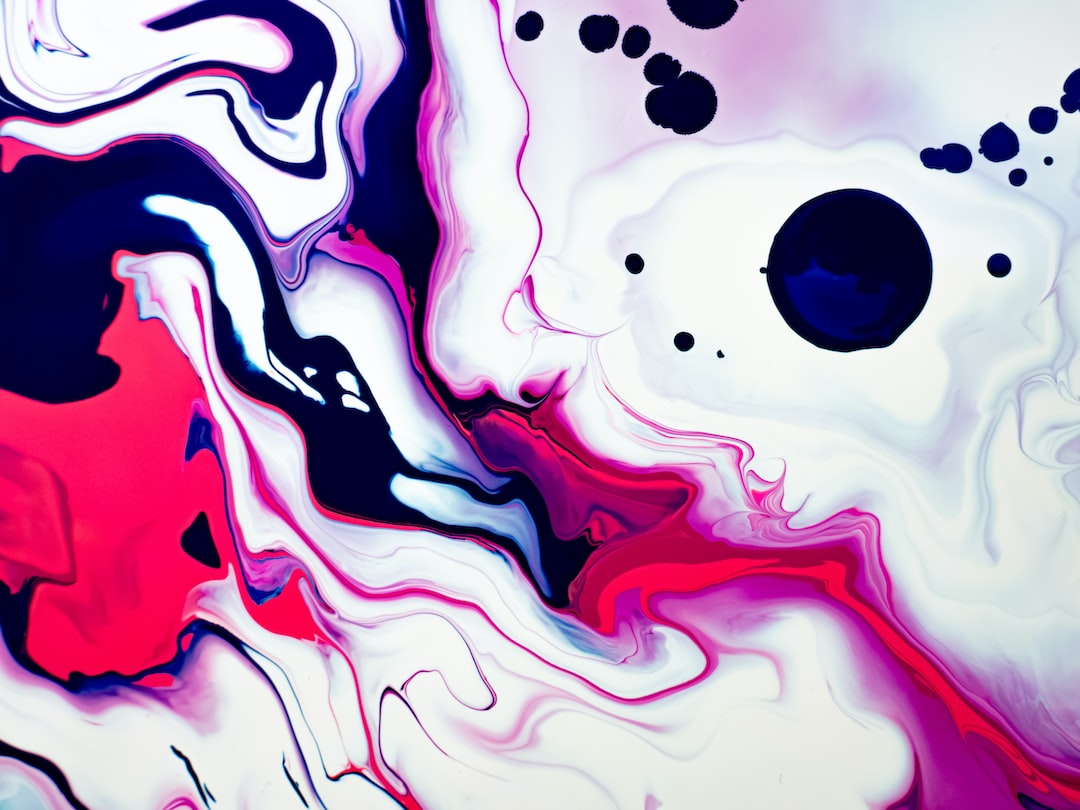Art and Activism: Inspiring Change through Creative Expression
In a world characterized by social and political turmoil, artists have always played a crucial role in challenging the status quo and inspiring positive change within society. The powerful combination of art and activism has the ability to spark conversations, raise awareness, and mobilize communities towards a common goal. Through their creative expression, artists have the power to reshape narratives, challenge oppressive systems, and inspire empathy and compassion.
Art has the unique ability to transcend language barriers and communicate complex ideas and emotions. Artists often have the gift of seeing the world from different perspectives, allowing them to shed light on societal issues that may otherwise go unnoticed. By creating thought-provoking pieces, artists can capture the attention of a broad audience and ignite conversations that lead to change.
Historically, art and activism have been inseparable. From the Suffrage movement to the Civil Rights movement, artists have used their talents to amplify the voices of marginalized communities and fight for equal rights. The power of visualization and storytelling in art allows for an emotional connection that goes beyond statistics and facts. It humanizes the struggle and inspires empathy in ways that traditional activism might not be able to achieve.
One powerful example of art as a catalyst for change is the Guernica painting by Pablo Picasso. Upon witnessing the bombing of Guernica during the Spanish Civil War, Picasso created a staggering masterpiece depicting the horrors and devastation caused by the conflict. The painting became an iconic and enduring symbol of the brutality of war and served as a call to action against violence. Through his art, Picasso used his platform to shed light on the tragedy and inspire global condemnation of the war.
Art and activism also intersect in the realm of street art. Graffiti, murals, and other forms of public art have been used as a means of reclaiming public space and challenging oppressive systems. Banksy, the anonymous British street artist, is renowned for his politically charged and thought-provoking art. His murals often explore themes of social justice, inequality, and the impact of capitalism. Through his thought-provoking works, Banksy has successfully sparked discussions and inspired change in communities around the world.
Moreover, performance art has proven to be a powerful tool for activism. Artists can use their bodies and voices to create immersive and interactive experiences that provoke thought and challenge societal norms. The Guerrilla Girls, an anonymous feminist collective, gained prominence through their provocative performances and use of statistics to expose gender inequalities in the art world. By wearing gorilla masks and adopting pseudonyms, they were able to confront gender bias and inspire change within the art industry.
Art and activism continue to evolve and adapt to the challenges of the modern world. With the advent of the digital age, artists have found new avenues to express their views and engage with larger audiences. Social media platforms have become spaces for artists to share their work and amplify their message. The #BlackLivesMatter movement, for example, gained immense traction through visual storytelling, photography, and graphic design. This form of online activism has allowed artists to quickly disseminate their art and ignite conversations that lead to tangible change.
Art and activism exist symbiotically, with each strengthening the other. The power of creative expression allows artists to challenge societal norms, inspire empathy, and mobilize communities towards social change. As we navigate an uncertain future, it is imperative that we continue to support and amplify the voices of artists who are using their talents to create a more inclusive, just, and compassionate world. Together, art and activism can inspire lasting change and shape a brighter future for all.

